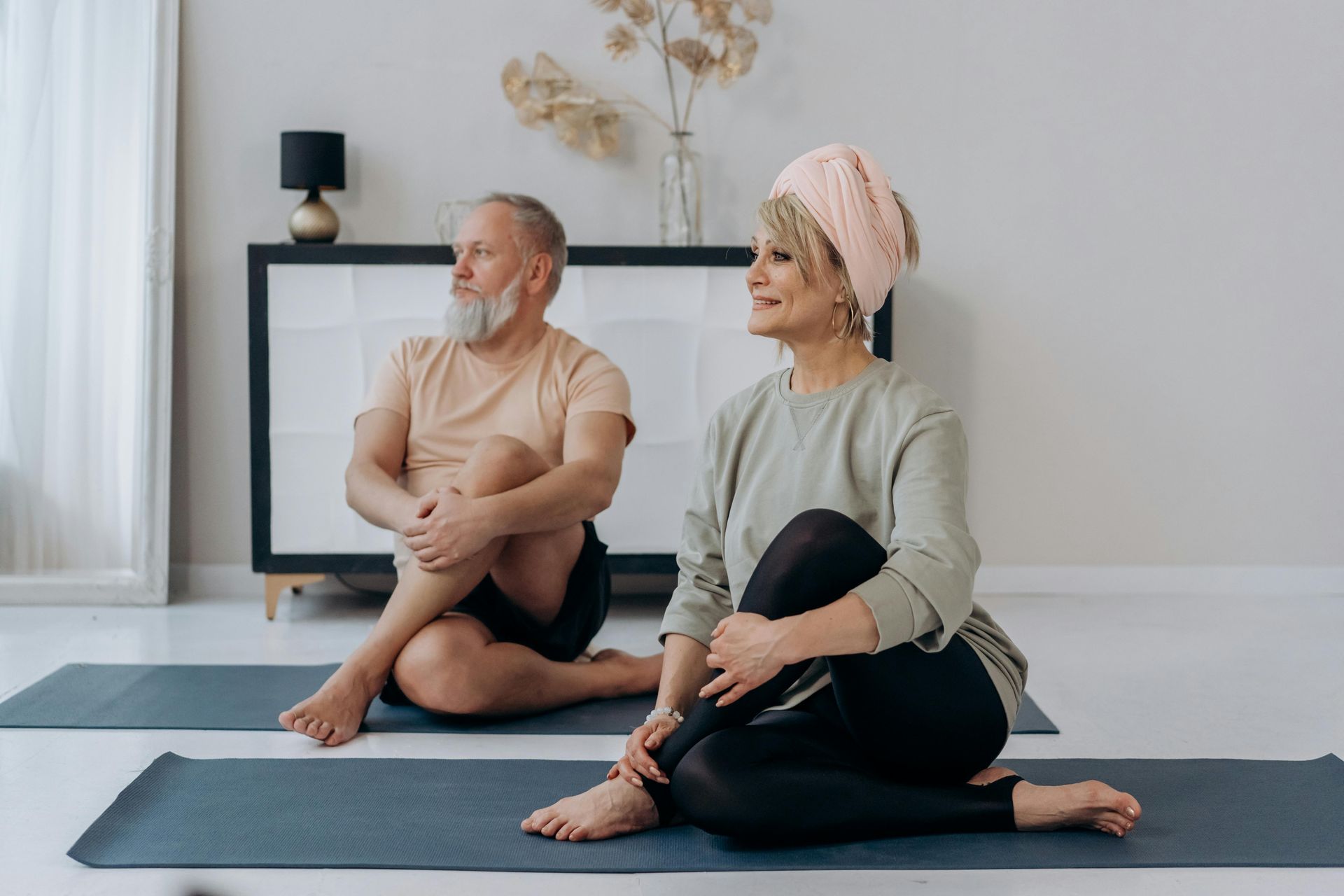
Introduction to Exercise Benefits for Seniors
Exercise isn’t just for the young!
It’s a vital part of healthy aging for seniors. For older adults, staying active can mean better heart health, stronger muscles, and even sharper minds. This guide explores how exercise transforms lives later in life, offering practical tips and unexpected insights, like its role in reducing the risk of 8 types of cancer.

Physical Health Improvements
Exercise strengthens the body in ways that matter most as we age. Studies show it lowers the risk of heart disease, stroke, and type 2 diabetes, with endurance training reducing resting heart rate and blood pressure (CDC). Resistance training, with the largest effect sizes for muscle strength, helps combat frailty, while weight-bearing activities maintain bone density, reducing osteoporosis risk. An unexpected detail: the CDC notes exercise lowers the risk of 8 cancers, including breast and colon, making it a powerful cancer prevention tool.
Mental and Emotional Gains
The mind benefits too. Research suggests exercise reduces anxiety and depression, producing endorphins that boost mood. It may also lower dementia risk, including Alzheimer’s, by up to 20%, according to the CDC. Improved sleep, often a challenge for seniors, is another perk, enhancing energy and well-being (NHS).
Enhancing Independence and Quality of Life
For many, staying independent is key. Exercise prevents falls, with balance training reducing risk by 21% in programs over 3 hours weekly, as per a 2018 study (PMC). It also improves daily tasks, like climbing stairs, fostering social and emotional health, and ensuring a vibrant later life.
Getting Started: Practical Tips
Start with light activities like walking, aiming for at least 150 minutes of moderate activity weekly, as recommended by the NHS (NHS). Include strength and balance exercises, and consult a GP if new to fitness. For inspiration, consider group classes like those at bodybymorgana.com, tailored for an energetic fitness experience (bodybymorgana).
Comprehensive Analysis of Exercise Benefits for Older Adults
This detailed exploration delves into the transformative effects of exercise later in life, drawing on scientific evidence and practical insights for seniors. The focus is on physical, mental, and quality-of-life benefits, with recommendations for safe, effective activity, informed by credible sources like the CDC, WHO, and NHS, as well as academic reviews. The tone mirrors professional fitness blogs, such as bodybymorgana.com, which emphasizes energetic, engaging workouts, potentially appealing to older women seeking fitness.
Background and Context
Exercise for older adults, particularly those 65 and older, is crucial for countering age-related declines in function and quality of life. The CDC highlights that physical inactivity increases death risk by 20-30% compared to active individuals, underscoring the urgency of staying active (CDC). This aligns with the WHO’s emphasis on physical activity reducing noncommunicable diseases, making it a cornerstone of healthy aging through exercise (WHO). The context from bodybymorgana.com, focusing on athletic, intense workouts, suggests a fitness blog tone that’s professional yet accessible, potentially targeting women, including seniors, seeking vibrant fitness experiences.
Physical Health Benefits: A Detailed Breakdown
The physical advantages of exercise for seniors are extensive, supported by robust evidence. A 2020 review in Journal of Sport and Health Science found resistance training shows the largest effect sizes for improving muscle strength, critical as muscle mass declines with age (ScienceDirect). Endurance exercise, as noted by a 2018 PMC study, decreases resting and submaximal exercise heart rate, systolic and diastolic blood pressure, and increases stroke volume, enhancing cardiovascular health (PMC). The CDC also reports exercise lowers the risk of heart disease, stroke, type 2 diabetes, and 8 cancers, including bladder, breast, colon, endometrium, esophagus, kidney, lung, and stomach, an unexpected detail highlighting its cancer prevention role (CDC).
Bone health benefits are significant, with weight-bearing activities maintaining bone density and reducing osteoporosis risk. A 2022 rapid review in International Journal of Behavioral Nutrition and Physical Activity further notes exercise improves measures of body fat, supporting weight management, another key aspect for seniors (IJBNPA).
Mental and Emotional Benefits: Cognitive and Mood Enhancements
Exercise’s impact on mental health is equally compelling. A 2018 study in Population Health Management found regular activity significantly reduces anxiety and depression, with a notable reduction in relapse compared to other interventions, producing endorphins that act as stress relievers (PMC). The CDC notes it reduces dementia risk, including Alzheimer’s, by up to 20%, a vital benefit for cognitive health (CDC). Improved sleep, often disrupted in seniors, is another advantage, with the NHS highlighting exercise enhances sleep quality, boosting energy and well-being (NHS).
These mental health benefits foster social connections, reducing isolation, and support emotional resilience, aligning with the holistic fitness approach seen at bodybymorgana.com, which could inspire group activities for seniors.
Enhancing Quality of Life and Independence: Practical Outcomes
Maintaining independence is a priority for many seniors, and exercise is key. Balance training, recommended by the WHO, reduces fall risk by 21%, with programs including challenging activities for more than 3 hours weekly showing the greatest effect, as per a 2018 PMC study (PMC). This prevents injuries like hip fractures, boosting confidence for daily activities. A 2022 rapid review in IJBNPA found multimodal exercise interventions enhance physical, social, and cognitive/emotional domains, directly impacting quality of life, enabling seniors to enjoy gardening, traveling, and social engagements.
Exercise also improves functional ability, helping with tasks like carrying groceries or climbing stairs, fostering a sense of purpose and independence, aligning with the energetic, community-focused fitness ethos at bodybymorgana.com.
Types of Exercises and Getting Started: A Practical Guide
The NHS recommends at least 150 minutes of moderate-intensity activity weekly for older adults, or 75 minutes of vigorous activity, alongside muscle-strengthening exercises on at least 2 days a week (NHS). Examples include walking for health, yoga, tai chi for balance, and resistance training with weights or bands. The WHO suggests activities in bouts of 10 minutes or more, with weight-bearing exercises maintaining bone and functional health (WHO).
For seniors, starting safely is crucial. Consult a GP if new to fitness, especially with medical conditions. Begin with light activities like slow walking or household chores, gradually building up. Focus on enjoyable activities to ensure sustainability, and consider group classes for social engagement, inspired by bodybymorgana.com ’s energetic, expert-led workouts.
Conclusion and Call to Action
Exercise later in life offers profound benefits, from improved heart health and reduced chronic diseases to enhanced cognitive function and independence. With evidence supporting resistance training’s largest effect sizes, a 21% fall risk reduction from balance training, and up to 20% lower dementia risk, it’s clear physical activity is essential for healthy aging through exercise. Whether seeking senior fitness tips or exploring benefits of physical activity for seniors, remember: it’s never too late. Start today with a walk, join a class, and embrace a vibrant, active later life, inspired by the energetic fitness community at bodybymorgana.com.



